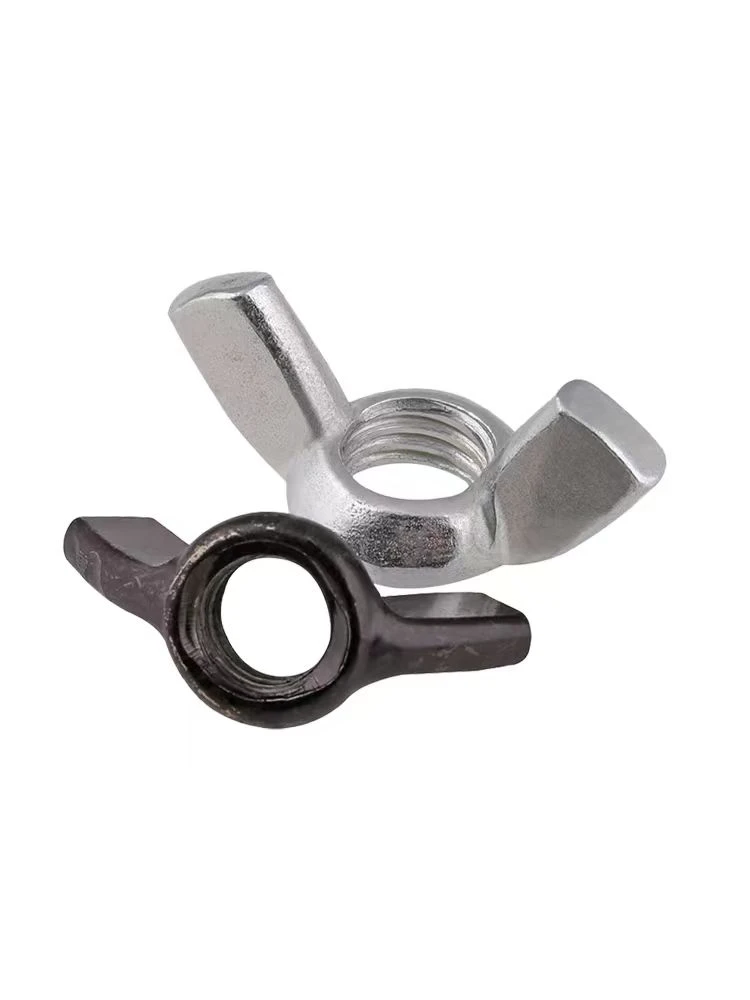

license plate fasteners
Nov . 04, 2024 20:20 Back to list
license plate fasteners
The Importance of License Plate Fasteners Security and Compliance on the Road
License plates play a crucial role in vehicle identification, serving as a means for law enforcement, insurance companies, and other authorities to track vehicles effectively. However, the functionality of a license plate goes beyond its numeric or alphanumeric configuration; it is also dependent on the robustness of the license plate fasteners that keep it securely attached to the vehicle. In this article, we will explore the significance of license plate fasteners and discuss various aspects, including their types, material considerations, and installation practices, ultimately emphasizing their role in vehicle security and compliance with regulations.
Types of License Plate Fasteners
License plate fasteners come in several different types, each serving the primary purpose of securing the plate to the vehicle while also taking into account ease of installation and removal. The most common types include screws, bolts, clips, and snap-on fasteners.
1. Screws and Bolts These are the traditional forms of fasteners, often made from stainless steel or other corrosion-resistant materials to withstand the elements. They require a simple tool for installation, making it convenient for vehicle owners to attach or detach license plates, which is particularly useful for leasing vehicles or changing plates.
2. Plastic Clips These are lightweight and plastic-based fasteners that can be more convenient for installation, especially for temporary or seasonal plates. However, they may not provide the same level of durability or security as metal options.
3. Snap-On Fasteners As the name suggests, these fasteners allow for quick installation and removal of license plates without tools. They are commonly found on newer vehicle models for their efficiency but may also be prone to wear over time.
license plate fasteners

Material Considerations
The material of license plate fasteners is an important aspect to consider. Stainless steel is favored for its corrosion resistance, especially in regions that experience harsh weather conditions or road salt during winter months. Other materials such as nylon and plastic are also used, particularly in lightweight applications; however, they may not offer the same longevity or security as metal counterparts. It is crucial for vehicle owners to choose fasteners that not only fit their vehicle properly but also align with their regional conditions to maximize the lifespan of both the plate and the fasteners.
Installation and Security
Proper installation of license plate fasteners is essential to ensure the plate is securely affixed to the vehicle. Inadequately secured license plates can lead to fines or penalties, as many jurisdictions have laws that require visible and properly attached plates. Additionally, loose plates can also lead to accidents or damage to the vehicle, especially if the plate becomes dislodged while driving.
For security considerations, licensed vehicle owners should also bear in mind that license plates can be a target for theft. To combat this, tamper-proof bolts and anti-theft fasteners are available in the market. These special fasteners require unique tools for removal, significantly reducing the likelihood of theft. Additionally, some fasteners come with a locking mechanism that offers an added layer of security.
Conclusion
In conclusion, license plate fasteners, though often overlooked, are an essential component of vehicle identification that warrants attention. Proper selection, material consideration, and installation of these fasteners are crucial for maintaining vehicle compliance with laws and enhancing overall security. Vehicle owners should take the time to understand the different types of fasteners available, consider the material's durability, and prioritize security features to protect against theft. Ultimately, ensuring that a license plate is securely fastened not only fulfills legal requirements but also contributes to the safety and integrity of the vehicle on the road.
Latest news
-
Premium Self Tapping Metal Screws: Strong & Easy Install
NewsAug.02,2025
-
Premium Fasteners Manufacturer | AI-Driven Solutions
NewsAug.01,2025
-
Hot Dip Galvanized Bolts - Hebei Longze | High Strength, Corrosion Resistance
NewsAug.01,2025
-
High-Strength Hot Dip Galvanized Bolts - LongZe | Corrosion Resistance, Custom Sizes
NewsAug.01,2025
-
Best Self Tapping Screws for Drywall - Fast & Secure Installation
NewsJul.31,2025
-
High-Strength Hot Dip Galvanized Bolts-Hebei Longze|Corrosion Resistance&Customization
NewsJul.31,2025

